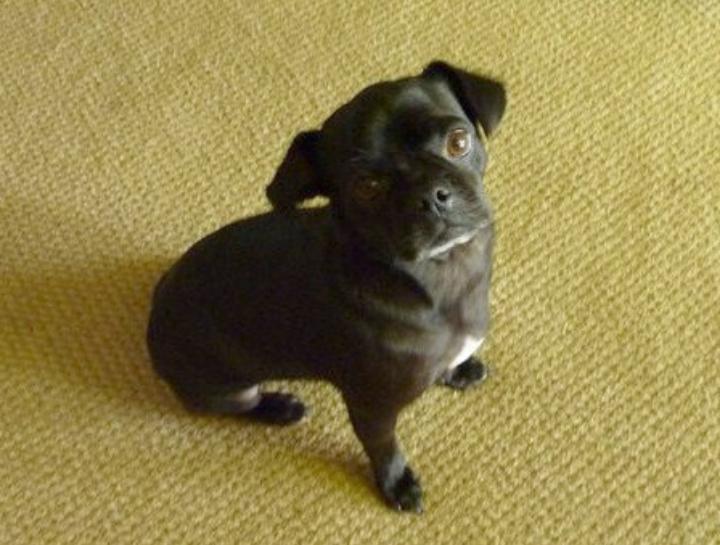Is There an Alternative to Anesthesia Pet Dental Cleanings?

If you have researched teeth cleaning for your dog or cat, you may have stumbled upon the offering of anesthesia-free pet dental cleanings. You may even have friends who sought this procedure for their pets. It may seem like a good idea at first—your pet would not have to undergo general anesthesia and it’s less expensive! It’s a win-win for everyone, right?
While pets may emerge from an anesthesia-free, or non-anesthesia, dental cleaning with bright, shiny teeth, this can be just the appearance of a healthy mouth. The truth is, it is purely a cosmetic procedure, and the pet may have benefitted very little. In fact, this can cause more problems later on. Let us examine why.

The only way to really know what’s going on in a pet’s mouth is to take dental x-rays. That’s because common problems including significant bone loss, fractured roots or crowns, abscessed teeth, and oral tumors can’t be seen by a simple visual exam. Those issues are the real signs of dental disease—the ones that lead to more serious internal issues. (Read our article about periodontal disease.)
Not only do anesthesia-free dentals waste money, but they also delay pet owners from having these issues properly addressed, because they were under the impression that once their pet’s teeth looked clean, their pet’s mouth was healthy.
What happens during an anesthesia-free dental cleaning?
Many states prohibit non-veterinarians from using dental instruments to scale plaque and calculus off of a pet’s teeth. That is because these tools are sharp and should only be used by trained individuals. Those that are using dental tools to clean your pet’s teeth must first physically restrain your pet for the entire length of the procedure since no pet is going to sit still with their mouth wide open.
Even the best restraint system won’t keep a pet’s head and tongue perfectly still and injury can result to soft tissue—this is even truer if a business advertises that they don’t use a restraint system. It is simply impossible to properly use dental scaling tools on a moving pet without causing injury. In addition, teeth that are cracked below the gum line, or are abscessed will be painful to the touch, and having the plaque and calculus scraped off will be extremely painful.
Why anesthesia-free dental cleanings are ineffectual
Without general anesthesia, it is impossible to clean the inside surfaces of a pet’s teeth or get below the gum line. There’s no way to remove loose or cracked teeth—or see what’s causing those issues. And because your pet does not understand what is happening to them during such a cleaning, it can be a very traumatic experience for them, one that causes them undue anxiety the next time you attempt to brush your pet’s teeth at home.
Simply put, your pet’s health is too important to leave to someone untrained to do a proper, thorough dental cleaning. Please feel free to contact us with any questions you have regarding your pet’s dental health.
